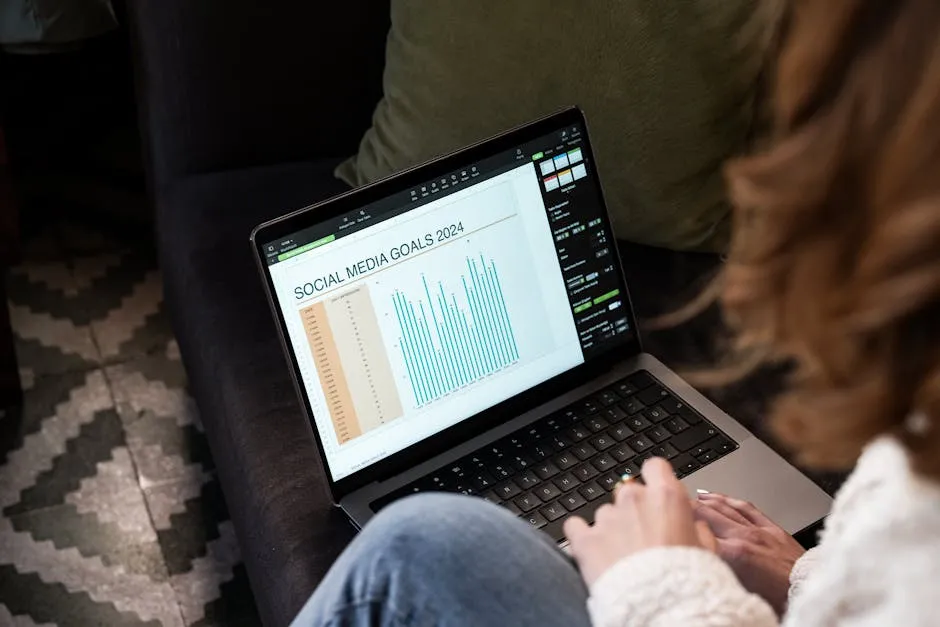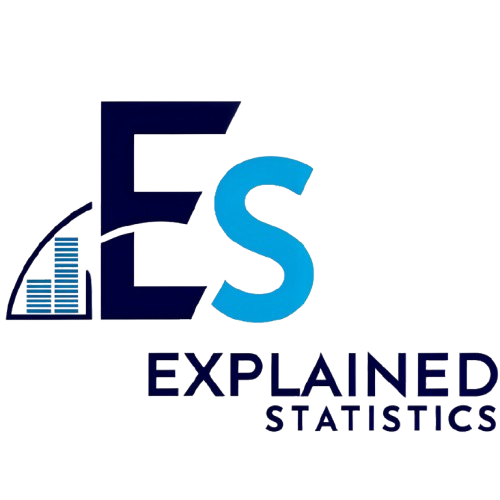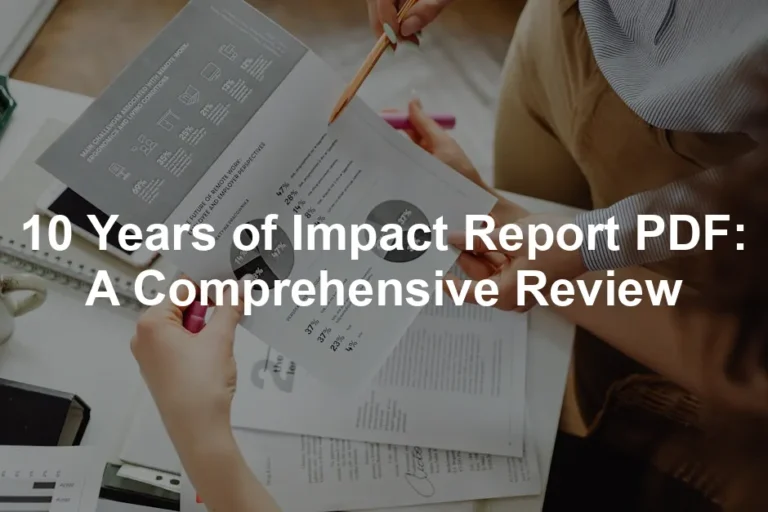Introduction
Statistics is the backbone of decision-making in many fields. In business, it drives strategic choices. In healthcare, it helps track disease prevalence and treatment effectiveness. Social sciences use statistics to analyze trends and behaviors. Yet, mastering statistics can feel like trying to decipher an ancient script without a Rosetta Stone.
Students often grapple with an avalanche of formulas, concepts, and methodologies. They might feel overwhelmed by the complex jargon. The struggle is real! Many find themselves staring blankly at statistics problems, wondering if they’ve accidentally entered a math dimension.
That’s where a robust study guide steps in like a superhero with a calculator. A well-structured statistics study guide can simplify the learning process. It breaks down concepts into manageable sections, providing clarity and confidence. For a comprehensive overview, check out “Statistics: A 1st Course Study Guide and Student Solutions Manual” by Donald H. Sanders.
This article aims to equip you with a comprehensive statistics study guide. We’ll cover essential concepts, techniques, and resources. Here, you’ll find everything you need to conquer statistics and transform confusion into comprehension. Let’s tackle those stats together!

Understanding Statistics
What is Statistics?
Statistics is the science of collecting, analyzing, and interpreting data. It’s like having a magnifying glass for information. Without statistics, data is merely a collection of numbers.
Statistics is vital for making sense of data. It helps researchers and analysts turn raw numbers into meaningful insights. Broadly, statistics can be divided into two main branches: descriptive and inferential statistics.
Descriptive statistics summarize data. They provide a snapshot of the information, like a highlight reel. This includes measures such as mean, median, and mode. On the other hand, inferential statistics allow us to make predictions or inferences about a larger population based on a sample. It’s where the magic happens, as we can generalize findings beyond the immediate data. For a deeper understanding of how descriptive statistics apply in real-world scenarios, check out this descriptive statistics in manufacturing plant.
Understanding descriptive statistics is crucial for analyzing data effectively. Learn more about its applications in manufacturing.
Key Terminology
To navigate the world of statistics, you need to understand key terms. Let’s break down some essential terminology.
Population: This refers to the entire group of individuals or items you want to study. For example, all the students in a university.
Sample: A subset of the population selected for analysis. Think of it as a small slice of the whole pie.
Variable: This is any characteristic that can differ among individuals. It could be height, age, or test scores.
Parameter: This is a numerical value that summarizes a characteristic of the population. For instance, the average height of all students in the university would be a parameter.
Understanding these terms lays a solid foundation for your statistics journey. With these concepts in hand, you’re ready to tackle more complex topics. Statistics is not just for math whizzes; it’s a skill everyone can master with the right approach. Let’s keep pushing forward!

Key Concepts in Statistics
Statistics can seem like a giant puzzle. But once you understand the pieces, it all comes together! Let’s break down some key concepts in statistics, starting with descriptive statistics.
Descriptive Statistics
Descriptive statistics provide a way to summarize and describe the main features of a dataset. They help us make sense of numbers by simplifying them into understandable forms. Consider using a Graphing Calculator to visualize data trends—because who doesn’t love a good graph?
Measures of Central Tendency
When talking about central tendency, we focus on three main measures: mean, median, and mode. Think of these as your go-to statistics superheroes! To understand what mean means in statistics, you can refer to this what does mean identically distributed in statistics.
Understanding measures of central tendency is essential for analyzing data. Learn more about mean in statistics.
Mean: This is the average of your data. To calculate it, sum up all the values and divide by the number of values.
Formula: Mean = (Sum of all data points) / (Number of data points)
Example: If your test scores are 70, 80, and 90, the mean score is (70 + 80 + 90) / 3 = 80.
Median: This is the middle value when your data is arranged in order. If you have an even number of values, the median is the average of the two middle values. For insights on median salary trends, check out this statistics poland median salary 2024.
Median is a key measure of central tendency that helps understand data distribution. Explore median salary trends in Poland for 2024.
Example: For the scores 70, 80, and 90, the median is 80. If your scores were 70, 80, 90, and 100, the median would be (80 + 90) / 2 = 85.
Mode: This is the value that appears most often in your dataset. A dataset may have one mode, more than one mode, or no mode at all.
Example: In the scores 70, 80, 80, and 90, the mode is 80 since it appears most frequently.
Measures of Dispersion
While central tendency tells you where the data points cluster, measures of dispersion help you understand how spread out the data is. For precise calculations, consider using a Statistical Software Package (like SPSS), which simplifies complex calculations.
Range: This is the difference between the highest and lowest values. It gives a quick idea of how much the values vary.
Example: In the scores 70, 80, and 90, the range is 90 – 70 = 20.
Variance: This measures how far each number in the set is from the mean. The larger the variance, the more spread out the numbers are.
Formula: Variance = [Σ(data point – mean)²] / (number of data points)
Example: For scores 70, 80, and 90, variance = [(70-80)² + (80-80)² + (90-80)²] / 3 = [100 + 0 + 100] / 3 = 66.67.
Standard Deviation: This is simply the square root of the variance. It provides a measure of spread in the same unit as the data.
Example: Continuing from before, the standard deviation for our scores would be √66.67 ≈ 8.16.

Probability Basics
Probability is the foundation of statistics. It tells us how likely something is to happen. Understanding the basics is crucial for interpreting statistics correctly.
Introduction to Probability
Probability is a number between 0 and 1. If an event has a probability of 0, it will never happen. If it has a probability of 1, it will always happen.
Basic Probability Rules:
Addition Rule: Used for mutually exclusive events. If you want the probability of either event A or event B occurring, you add their probabilities.
Formula: P(A or B) = P(A) + P(B)
Multiplication Rule: Used for independent events. If you want the probability of both event A and event B happening, you multiply their probabilities.
Formula: P(A and B) = P(A) * P(B)

Common Probability Distributions
Understanding probability distributions helps in analyzing data effectively. Here are three common types:
Normal Distribution: This bell-shaped curve represents data that clusters around a mean. Most values fall close to the mean, and the probabilities taper off symmetrically on either side.
Real-World Example: Height of individuals in a population often follows a normal distribution.
Binomial Distribution: This distribution applies to situations with two possible outcomes (like success or failure) over a fixed number of trials.
Real-World Example: Flipping a coin multiple times and counting the number of heads is a classic binomial scenario.
Poisson Distribution: This distribution is used for counting the number of events that occur in a fixed interval of time or space. It’s useful for rare events.
Real-World Example: The number of emails received in an hour can often be modeled with a Poisson distribution.
Graphs of these distributions can help visualize where most of the data lies. Understanding these concepts will empower you to interpret statistics better and make informed decisions!

Inferential Statistics
Inferential statistics is like a crystal ball for data analysis. It allows us to make predictions and generalizations about a larger population based on a smaller sample. Let’s break it down!
Sampling Techniques
Sampling is the first step in inferential statistics, and there are several methods to choose from:
Random Sampling: Everyone gets an equal shot! Participants are selected randomly. This helps eliminate bias, making your results more reliable.
Stratified Sampling: Here, we divide the population into different groups or strata. Then, we randomly sample from each stratum. This ensures all sections of the population are represented.
Cluster Sampling: In this method, we split the population into clusters (think geographical areas), then randomly select whole clusters to study. It’s cost-effective and often used in large populations.
Now, let’s talk about sample size. Bigger isn’t always better, but a larger sample size tends to lead to more accurate results. It reduces the margin of error and increases the reliability of your estimates. Think of it like baking cookies; a small batch might not capture the true flavor as well as a larger batch!

Hypothesis Testing
Hypothesis testing is the backbone of inferential statistics. It involves two main hypotheses:
Null Hypothesis (H0): This is the default assumption. It states that there is no effect or difference. For example, “There is no difference in average test scores between students who study with a guide and those who don’t.”
Alternative Hypothesis (H1): This is what you’re trying to prove. It suggests there is an effect or a difference.
The process of hypothesis testing involves several steps:
- Set the Hypotheses: Clearly define your null and alternative hypotheses.
- Choose a Significance Level (α): Commonly set at 0.05. This is your threshold for deciding if results are statistically significant.
- Collect Data: Gather your sample data.
- Conduct the Test: Use statistical tests (like t-tests or chi-squared tests) to analyze your data.
- Calculate p-value: This tells you the probability of observing your results if the null hypothesis is true. If the p-value is less than your significance level, you reject H0!
In essence, hypothesis testing helps you decide if your findings are significant or just a fluke.

Confidence Intervals
Confidence intervals are your best friend in statistics! They provide a range of values that likely contain the population parameter. Think of it as a safety net—you’re not just guessing, you’re estimating with a degree of certainty.
To calculate a confidence interval for a mean, you can use the formula:
Confidence Interval = Mean ± (Z * Standard Error)
Where Z is the Z-score corresponding to your chosen confidence level (like 1.96 for 95% confidence).
For proportions, the formula looks like this:
Confidence Interval = p ± (Z * √[p(1-p)/n])
Here, p is the sample proportion and n is the sample size.
So, if you surveyed 100 students and found that 60% study with a guide, a 95% confidence interval might look like this: 0.60 ± 0.1, meaning you’re 95% confident between 50% and 70% of all students study with a guide.

Regression Analysis
Regression analysis helps us understand relationships between variables. Let’s start with linear regression.
Linear Regression
Linear regression models the relationship between a dependent variable and one or more independent variables. It gives us an equation to predict outcomes.
The formula for simple linear regression is:
Y = a + bX
Where:
- Y is the predicted value.
- a is the y-intercept.
- b is the slope of the line.
- X is the independent variable.
For example, if you’re predicting test scores based on hours studied, the slope (b) shows how much the score increases for each additional hour studied.

Correlation vs. Causation
Here’s a classic mix-up: correlation does not imply causation. Just because two variables move together doesn’t mean one causes the other.
For example, ice cream sales and drowning incidents might both spike in summer. But eating ice cream doesn’t cause drowning!
Always dig deeper to understand the relationship. Use experiments and further data analysis to clarify these connections.
Understanding these concepts in inferential statistics will give you the tools to make informed decisions based on data. So, whether you’re predicting trends or testing theories, remember to approach your statistics with curiosity and a sprinkle of humor!

Study Strategies for Mastering Statistics
Studying statistics can feel daunting. But with the right strategies, you can turn those numbers into your best friends! Let’s dive into effective study techniques that will boost your confidence and performance.
Effective Study Techniques
Active learning is a game-changer. Simply reading textbooks won’t cut it. Instead, engage with the material through practice problems and quizzes. They transform passive learning into an active experience. Challenge yourself with a variety of questions. Each problem solved is a step closer to mastery!
Flashcards are another fantastic tool. Create them for key terms and formulas. Not only are they portable, but they also make for fun study sessions. Quiz yourself or have a friend test your knowledge. This method enhances recall and helps cement concepts in your brain. If you want to buy some quality flashcards for statistics, check out these Flashcards for Statistics.
Moreover, teaching someone else can solidify your understanding. It’s like explaining a joke—if you can’t make it funny, you might not get it yourself! So, grab a study buddy and take turns teaching each other.

Utilizing Study Guides and Resources
In the quest to conquer statistics, utilizing study guides can be a lifesaver. There are various resources available to help you navigate this complex subject. Websites like Khan Academy and Coursera provide excellent video tutorials and exercises. They break down tough topics into bite-sized pieces, making learning more manageable.
For those preparing for specific exams, consider targeted study guides. For instance, AP Statistics prep guides are tailored to cover essential exam content. DANTES/DSST test study guides also focus on critical areas, ensuring you’re well-prepared. Don’t forget to check out textbooks like “Statistics: A 1st Course Study Guide and Student Solutions Manual” by Donald H. Sanders and others for in-depth explanations and practice exercises. If you also need a comprehensive guide for AP Statistics, consider this AP Statistics Prep Guide.

Practice Makes Perfect
Let’s not forget the age-old adage: practice makes perfect! Solve past exam papers and sample questions. This will familiarize you with the exam format and question types. It’s like a warm-up before the big game!
Approach different types of questions systematically. For multiple-choice questions, eliminate clearly wrong answers first. For free-response questions, outline your answers before writing them out. This organizes your thoughts and ensures you cover all necessary points.
Finally, time yourself during practice sessions. This helps you manage your time effectively during actual exams, reducing stress. With consistent practice, you’ll find yourself becoming more confident in tackling statistics problems.

Software and Tools
When it comes to tackling statistics, the right software can be your best ally. Programs like R, SPSS, and Excel are powerful tools for conducting statistical analysis. Each of these options comes with its unique features that cater to different needs.
R is a free, open-source programming language. It’s like a Swiss Army knife for statistics! R has a steep learning curve but offers incredible flexibility. You can perform everything from basic statistics to complex data visualizations. Tons of packages are available to extend its capabilities. If you love a challenge and want to customize your analyses, R is your go-to.
SPSS (Statistical Package for the Social Sciences) is user-friendly and perfect for beginners. It allows you to perform analyses with a point-and-click interface. You don’t need to write a single line of code! If you prefer a graphical approach, SPSS is the way to go. It’s widely used in social science research, making it a great option for students in that field.
Excel might seem like a basic tool, but don’t underestimate it! Excel can handle various statistical tasks, from simple calculations to regression analysis. It’s accessible and familiar to many. Plus, it’s great for visualizations through charts and graphs. If you’re already comfortable with Excel, it can be a solid starting point. If you’re interested in mastering Excel for statistical purposes, consider getting Excel 2021 for Dummies.
To learn these tools effectively, here are a few tips. First, take advantage of online tutorials and courses. Websites like Khan Academy and Coursera offer excellent resources. Secondly, practice consistently. Apply what you learn by working on real datasets or past homework problems. Finally, don’t hesitate to seek help from online communities. Forums like Stack Overflow or Reddit’s statistics subreddit can provide valuable insights and support.

Online Communities and Forums
Online communities are a treasure trove for students studying statistics. Platforms like Reddit and Study.com create spaces for collaboration and assistance. You can ask questions, share resources, and connect with peers facing similar challenges.
Reddit has numerous subreddits dedicated to statistics, such as r/statistics and r/AskStatistics. These forums are buzzing with activity! You can find discussions ranging from basic concepts to advanced statistical theories. Don’t hesitate to post your queries or engage in discussions. You’ll find plenty of statisticians and students willing to help.
Study.com is another excellent resource. It offers dedicated forums for statistics where students can collaborate. You can share insights, clarify doubts, and learn from each other’s experiences. Peer support can make a world of difference when mastering complex topics. Sometimes, explaining a concept to someone else solidifies your own understanding!
Engaging with these online communities helps you build a support network. You’ll realize you’re not alone in your statistics journey! Embrace the camaraderie of fellow learners. With their help, you’ll tackle those challenging concepts with newfound confidence.
Conclusion
Statistics is not just a subject; it’s a vital skill that can open doors to many opportunities. In this guide, we’ve covered essential software tools, online communities, and effective study strategies. Using statistical software like R, SPSS, or Excel will streamline your analysis process. Each tool has its strengths, so choose one that fits your learning style.
Online communities provide invaluable support. They can help you navigate tricky topics and enhance your understanding. Don’t shy away from asking questions or sharing your insights. Collaboration can lead to breakthroughs in your learning.
As you embark on your statistics journey, remember to stay curious and persistent. Utilize this study guide, practice regularly, and seek help when needed. Statistics may seem daunting, but with the right resources and a sprinkle of humor, you can master it! Understanding statistics can significantly elevate your academic and professional prospects. So roll up your sleeves, and let’s conquer those stats together!
FAQs
Please let us know what you think about our content by leaving a comment down below!
Thank you for reading till here 🙂
All images from Pexels




